12 Common Problems Homeowners Face with Well Pumps
Well pumps are essential for accessing groundwater and providing reliable water supply to millions of households, particularly in rural areas where municipal water services may not be available. These pumps ensure that water from private wells reaches homes efficiently for drinking, cooking, bathing, and irrigation purposes. Homeowners who understand common well pump issues can prevent costly repairs, maintain consistent water flow, and extend the lifespan of their systems. According to the U.S. Geological Survey, nearly 43 million Americans rely on private wells as their primary source of drinking water, emphasizing the importance of well pumps for everyday life and health. A well-maintained pump system also contributes to the overall efficiency of household water usage and reduces the risk of emergency repairs.
1. Recognizing Low Water Pressure in Well Pumps
Low water pressure is one of the most common challenges homeowners face with well pumps. Reduced pressure can be caused by clogged pipes, a malfunctioning pressure switch, sediment buildup in the system, a declining water table, or increased water demand within the household. Early signs include slow-filling faucets, weak flow in showers, longer times for appliances like washing machines and dishwashers to operate, and noticeable pressure fluctuations during routine activities. Homeowners should monitor water pressure consistently, as early detection allows for timely intervention and prevents more severe issues.
2. Diagnosing and Solving Low Pressure Problems
Proper diagnosis is crucial for addressing low water pressure in well pumps. Start by inspecting the pressure switch and ensuring it is functioning correctly. Check the power supply to the pump and verify that all plumbing connections are clear of obstructions. Adjusting the pressure tank’s settings may restore proper flow, and in some cases, installing a constant pressure system can ensure consistent water availability. Professional evaluation is recommended to detect hidden issues that might not be apparent during basic checks. Certified technicians can also offer advice on the appropriate pump size for the home’s water needs, preventing recurring low-pressure problems.
3. Understanding Pump Short-Cycling in Well Pumps
Short-cycling occurs when a well pump frequently turns on and off within short intervals. This behavior can lead to significant wear, increased energy costs, and a reduced pump lifespan. Causes of short-cycling include a waterlogged pressure tank, faulty pressure switch, leaks in plumbing or fittings, or a pressure tank that is too small for the household’s needs. Homeowners who recognize the signs of short-cycling early can prevent further damage and avoid expensive repairs. Addressing this issue promptly helps maintain efficient operation and preserves the pump’s longevity.
4. Identifying and Preventing Short-Cycling
Signs of short-cycling in well pumps include frequent clicking sounds, fluctuating pressure readings, visible air in the water, and irregular pump operation. Solutions often involve restoring proper air pressure in the tank, repairing leaks in plumbing lines, or replacing malfunctioning components such as the pressure switch. Regular maintenance checks by qualified professionals can prevent short-cycling and ensure that the pump operates within recommended parameters. Preventive measures, such as monitoring system performance and scheduling periodic inspections, are vital for long-term pump reliability.
5. Addressing Noisy Well Pump Operation
Noisy well pumps can indicate underlying mechanical or electrical issues that require attention. Common sounds include humming caused by motor problems, rattling from loose components, or loud banging due to cavitation and air pockets. Persistent or worsening noises should not be ignored, as they often signal the need for professional intervention. Solutions may include tightening components, lubricating moving parts, adjusting pump positioning, or replacing worn parts. Addressing these issues promptly maintains efficiency, prevents damage, and ensures that the pump operates quietly and effectively.
6. Assessing the Severity of Pump Noise
Not all noises from well pumps require immediate repair, but understanding their severity is essential. Minor clicks or hums may result from normal operation and slight mechanical friction. However, loud banging, continuous rattling, or fluctuating motor sounds usually point to serious issues that can compromise pump function. Homeowners should record the frequency, duration, and type of noise to provide valuable information to professionals. Timely professional assessment ensures that minor problems do not escalate into major failures, safeguarding both the pump and the household water supply.
7. Recognizing Signs of Well Pump Failure
Well pump failure can disrupt household water supply and lead to costly emergency repairs. Warning signs include inconsistent water pressure, fluctuating flow, unusual noises, tripped breakers, and difficulty maintaining normal pressure. Factors contributing to pump failure include age, sediment buildup, electrical malfunctions, and prolonged overuse. Early recognition and intervention are critical to prevent complete system failure and ensure continuous access to safe water.
8. Diagnosing and Repairing Failed Well Pumps
When a well pump fails, professional diagnosis is essential to determine the root cause. Inspect electrical components such as wiring, switches, and circuit breakers for damage or wear. Evaluate the pressure tank and mechanical parts, including the impeller, bearings, and seals, to identify any issues. Repairs may involve replacing worn components, restoring electrical connections, or in severe cases, installing a new well pump. Regular preventive maintenance and timely repairs help homeowners avoid sudden failures and maintain an uninterrupted water supply.
9. Preventive Future Issues Through Maintenance
Routine maintenance is key to extending the life of well pumps. Homeowners should schedule professional inspections, monitor water pressure regularly, clean filters and fixtures, and repair leaks promptly. Additional preventive measures include lubricating moving parts, checking the pressure switch, and ensuring proper system calibration. By implementing a consistent maintenance schedule, homeowners can detect potential problems early, reduce energy costs, and enhance the pump’s overall performance.
10. Ensuring Efficient Well Pump Operation
Well pumps function best when they match the household’s water demand. Professionals can assess whether the pump and pressure tank are appropriately sized and make recommendations to optimize efficiency. Educating household members on efficient water use helps minimize strain on the system. Installing advanced monitoring tools and alarm systems can alert homeowners to pressure fluctuations, leaks, or irregular operation, ensuring reliable water supply and extending pump lifespan.
11. Benefits of Professional Well Pump Services
Professional well pump services provide homeowners with expertise, reliability, and peace of mind. Certified technicians have the knowledge to troubleshoot complex issues, repair components, and recommend system upgrades. Their services include routine maintenance, emergency repairs, pressure assessments, and component replacement. Homeowners benefit from improved water quality, uninterrupted supply, and reduced risk of costly emergency interventions. Working with professionals ensures that well pumps remain safe, efficient, and long-lasting.
12. Protecting Your Water Supply with Proper Care
Maintaining well pumps is not only about ensuring water flow but also protecting water quality. Properly functioning pumps prevent contamination, reduce sediment accumulation, and minimize wear on household plumbing. Scheduling regular inspections, cleaning, and component checks by trained professionals keeps the system running smoothly and helps identify minor issues before they become major problems. With consistent care, well pumps deliver safe, clean water, contributing to overall household health, comfort, and convenience while also extending the lifespan of the entire well system.
Understanding common issues such as low pressure, short-cycling, noisy operation, and potential pump failure helps homeowners maintain a reliable water supply. Regular maintenance, timely professional intervention, and monitoring of system performance ensure that well pumps operate efficiently for years. For quality well pump services, including inspections, repairs, and preventive maintenance, contact Connecticut Valley Artesian Well Co Inc today to safeguard your water system and enjoy peace of mind.

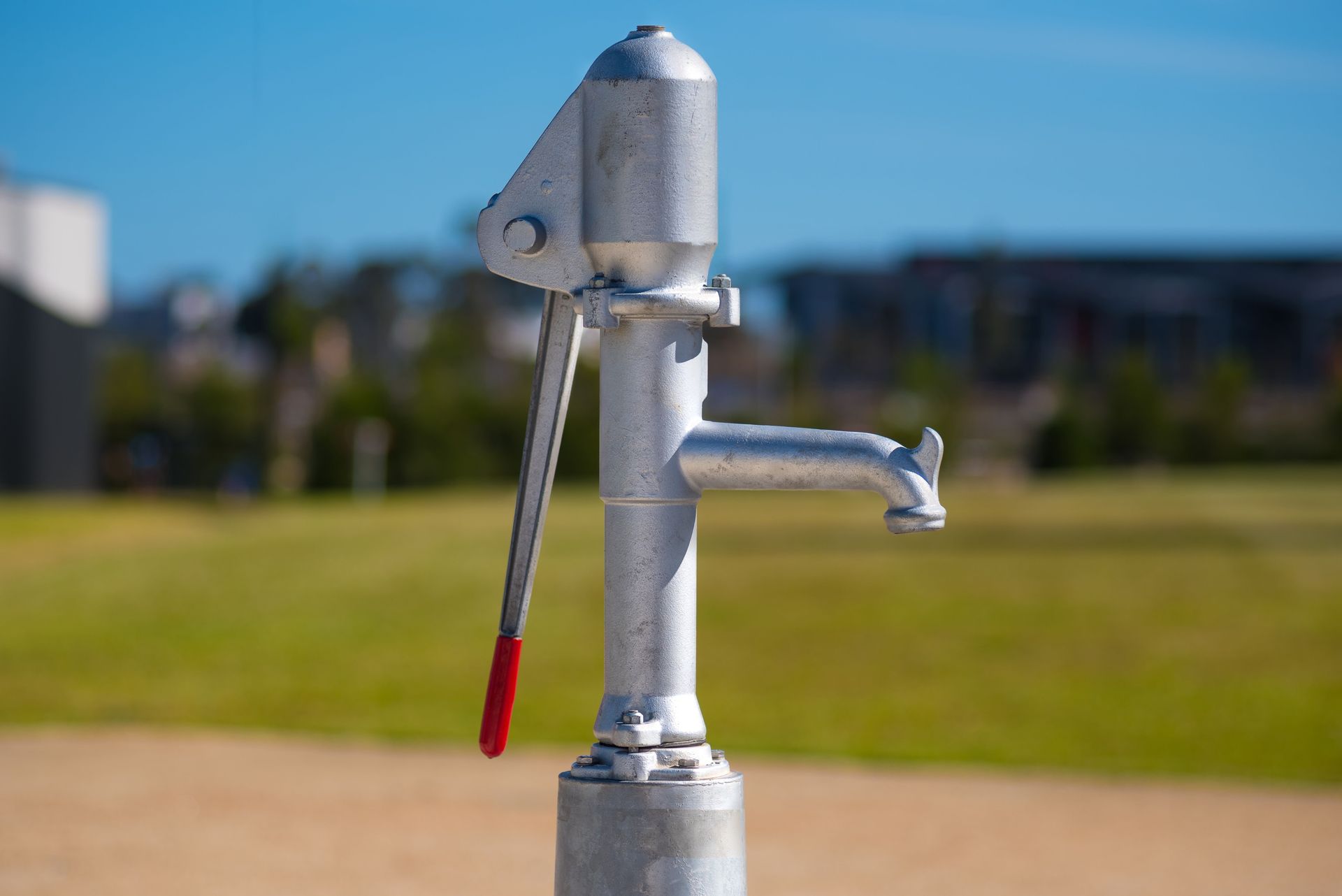
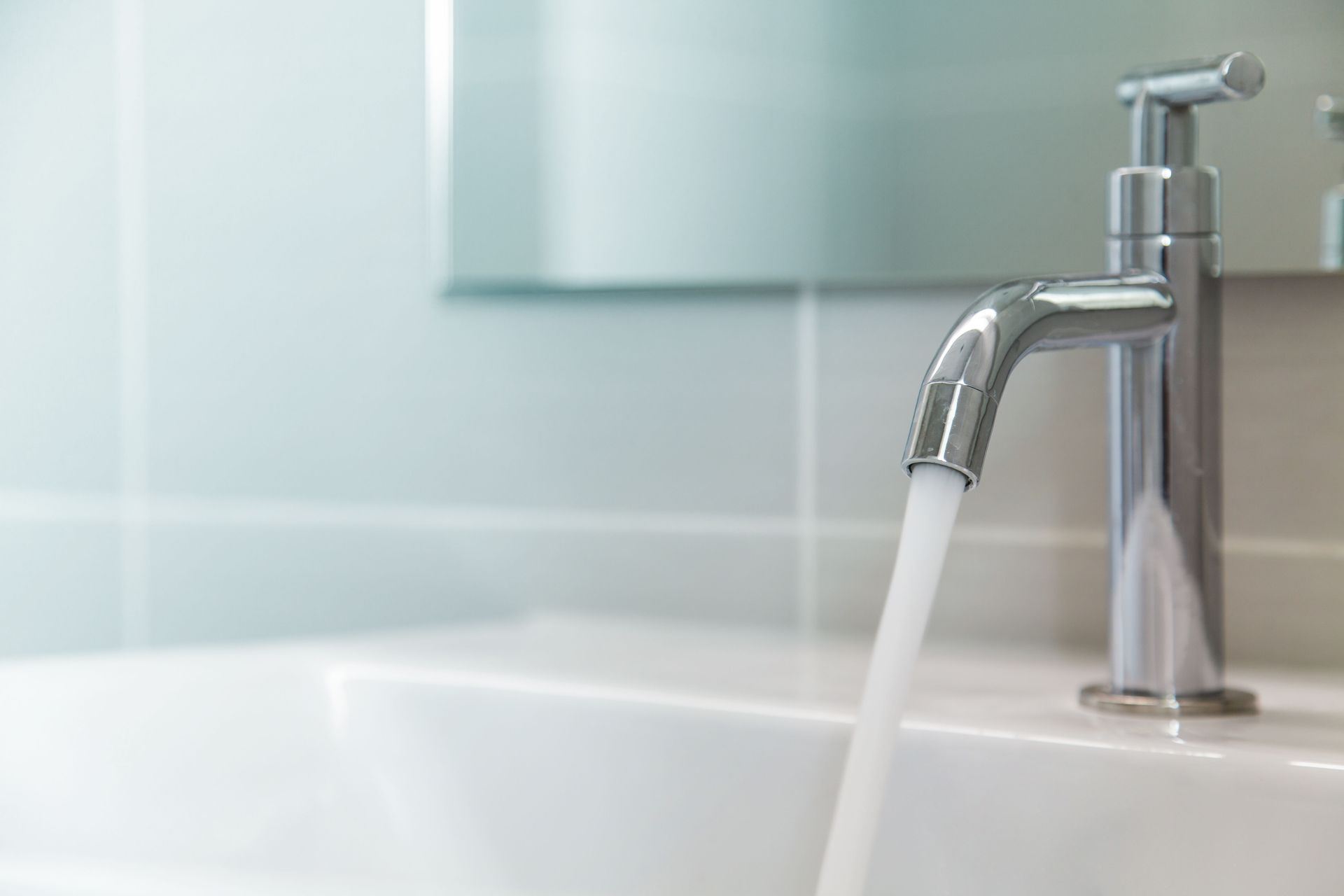
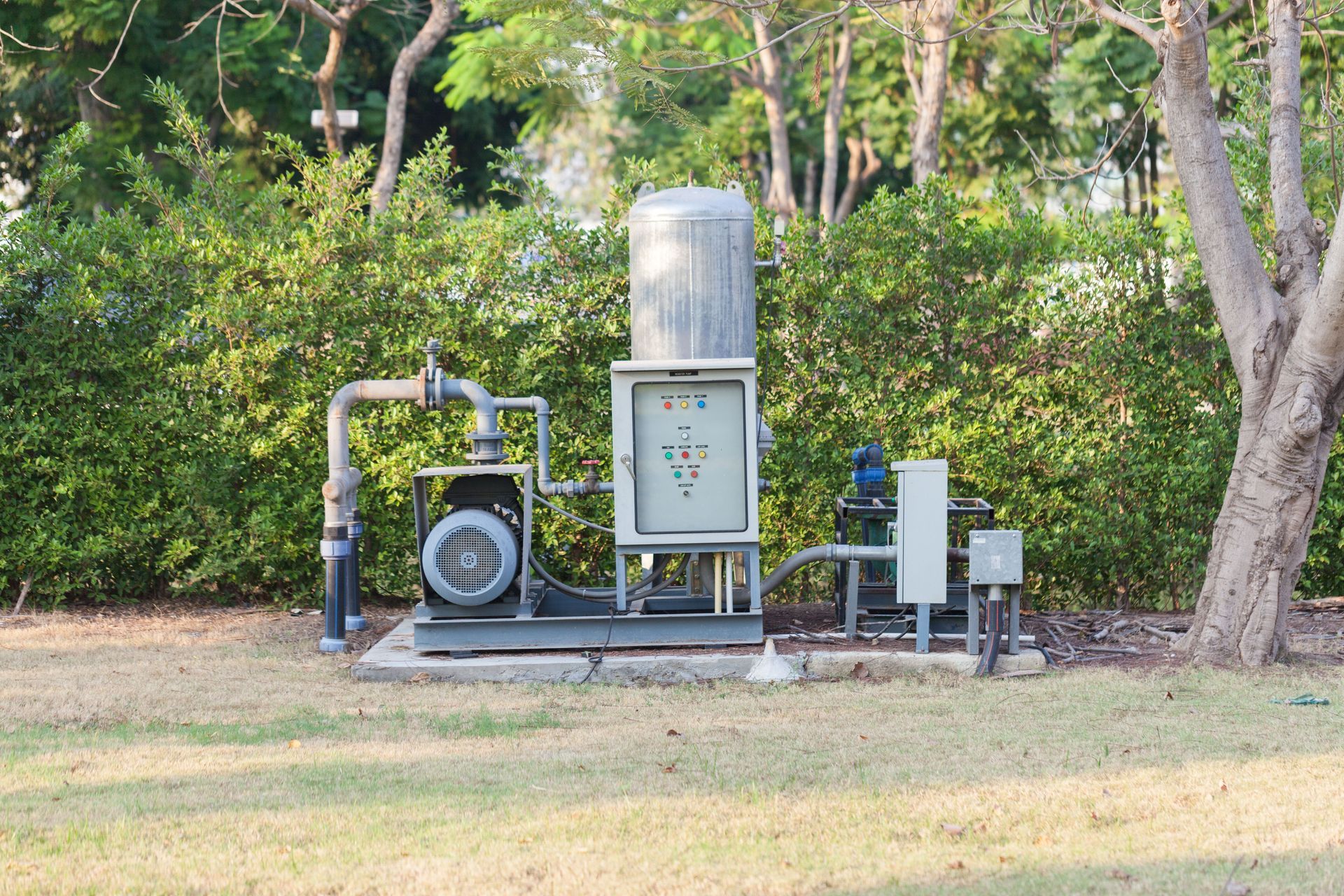
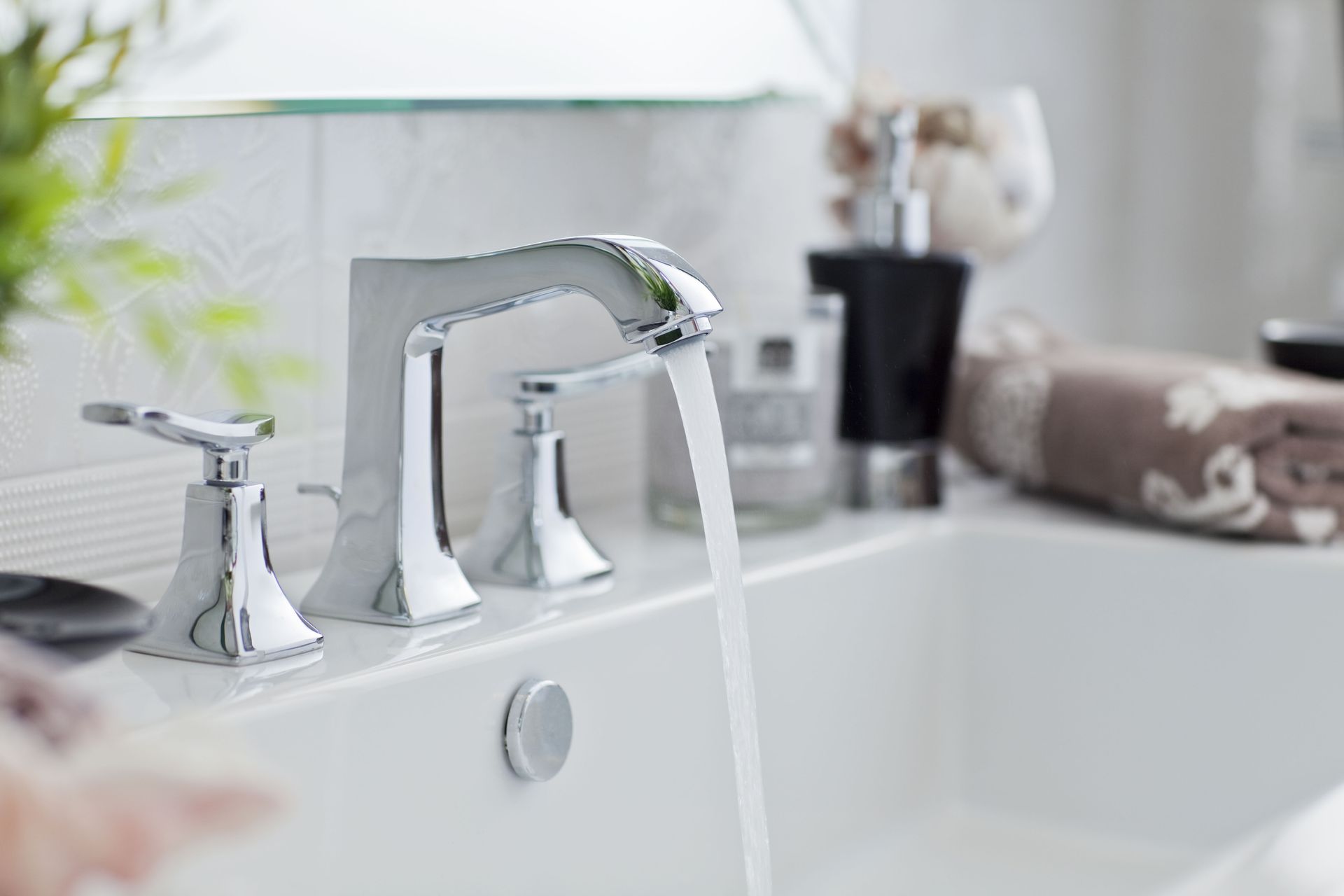
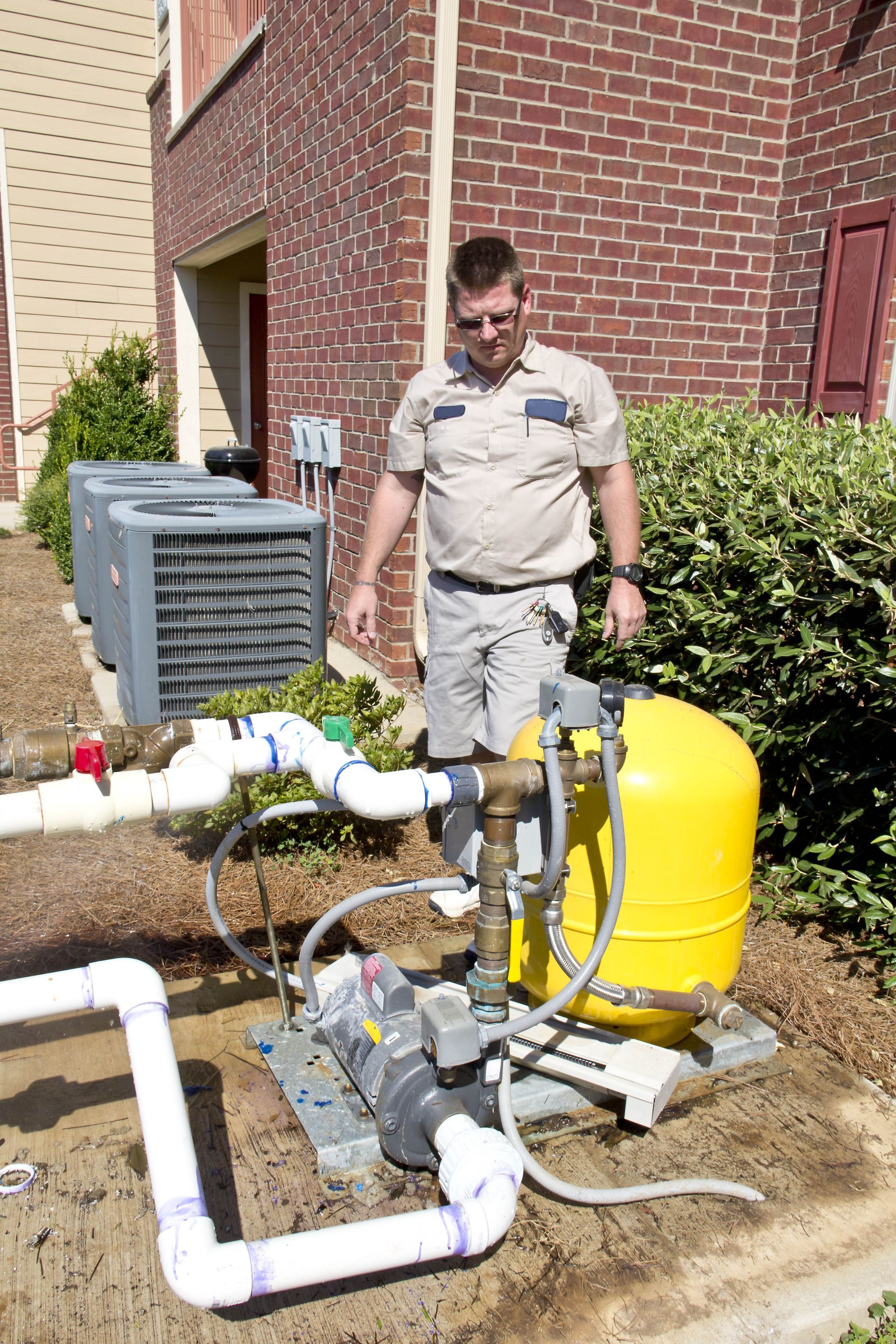
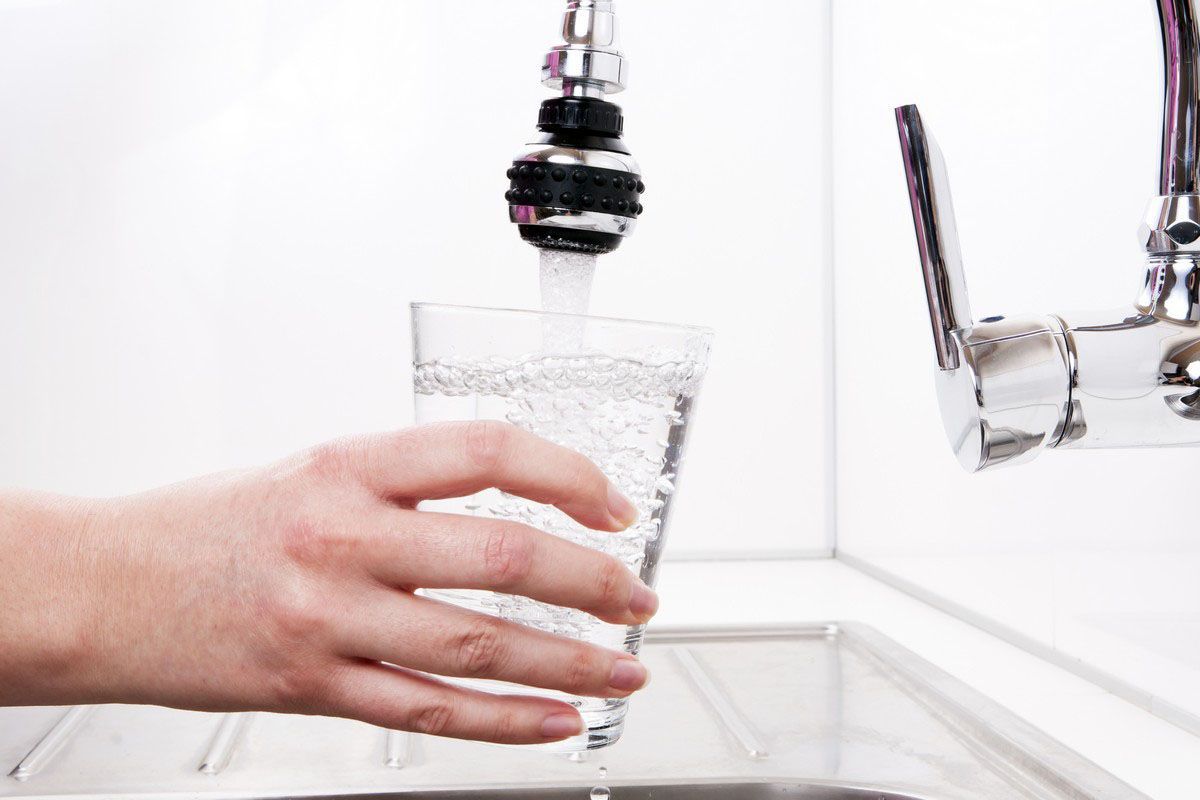

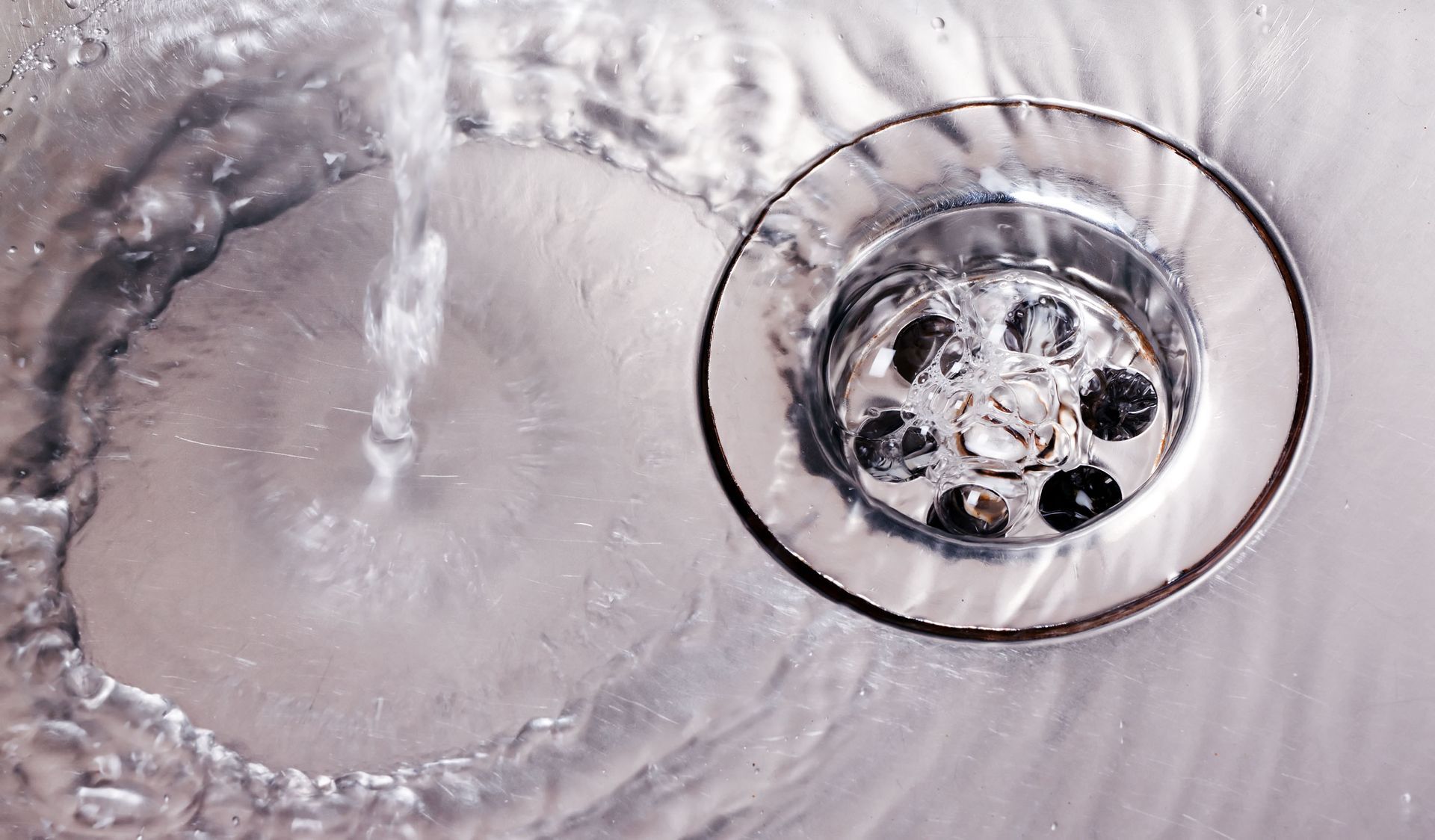

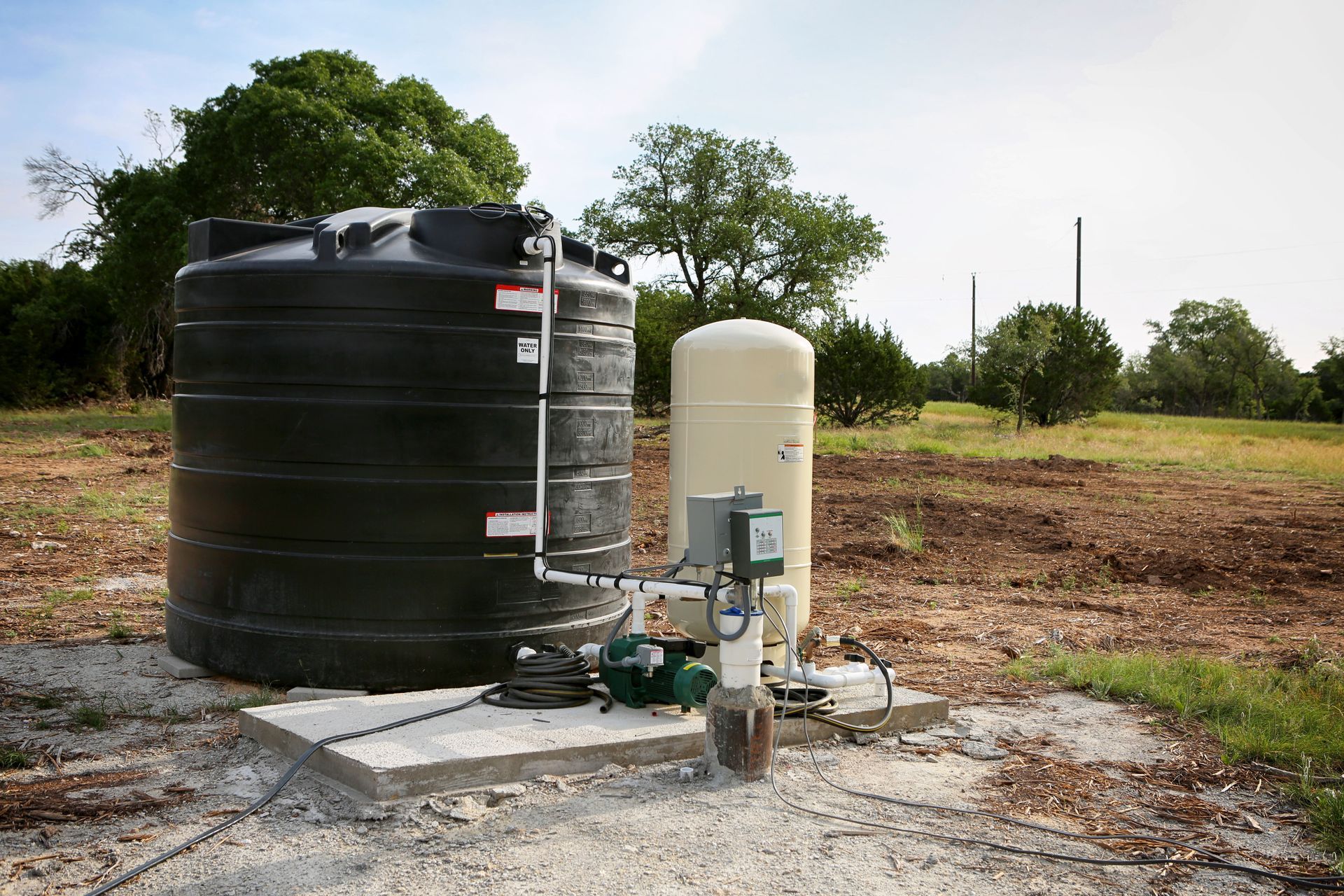
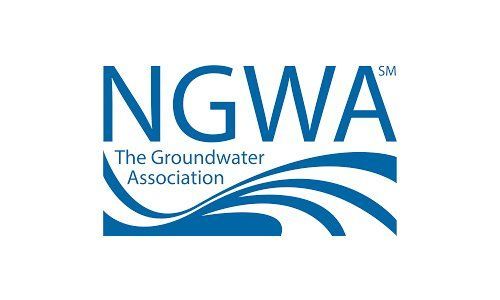
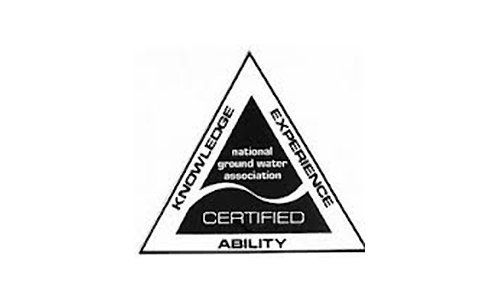
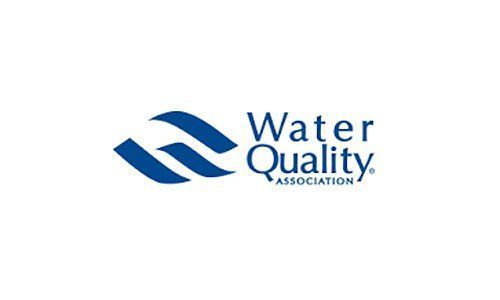
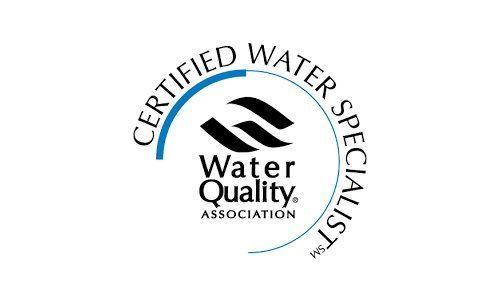

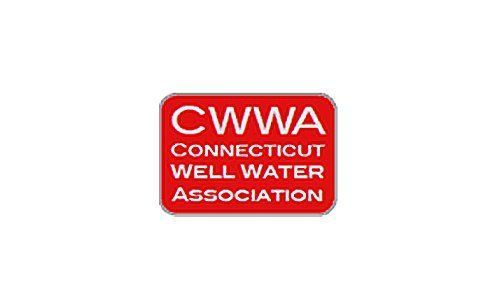
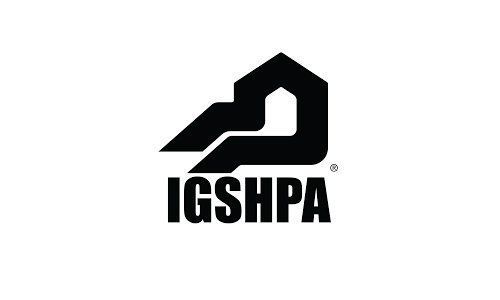

Share On: